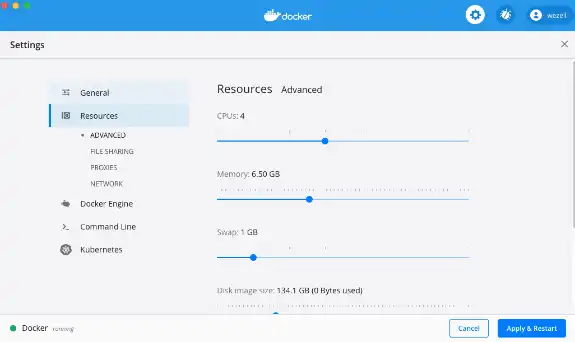Download dotCMS
Latest Version: 25.02.07
Docker: dotcms/dotcms:25.02.07
Docker: dotcms/dotcms:25.02.07
Run dotCMS on Docker, on AWS, or compile the source from GitHub.
Evaluating dotCMS for enterprise? Request a free 30-day enterprise trial license.








